The Wild Western Submerged Reefs
 June 22, 2013
June 22, 2013
On the last day of the Mega Marine Survey, we visited the wild wild western reefs of Terumbu Pempang. These submerged reefs are less frequented by leisure divers as they are not easy to find, and even the seasoned researchers we had aboard our vessel had not dived these reefs before! Shortly into the dive, there was this beautiful Gorgonian shrimp. This individual has a beautiful pair of pincers.
We began the dive at the sea bed, and it was there that I encountered this large volute on the prowl.
There were dozens of conch snails on the seabed! Conchs are vegetarians. They scrape off the covering of algae that adhere to the blades of seagrass. The seagrass remains unscathed. To accomplish this the conch uses an organ in its mouth called a radula, a horny band of minute teeth on its dorsal surface and tears up food and draws it into the mouth.
Conchs have many predators. First and foremost are human beings. Eagle rays also enjoy a conch dinner. Starfish, another conch predator, have developed a unique way of feasting on conch. Because the conch’s operculum does not completely close off the entrance to the conch’s shell, the starfish can insert one of its arms in the opening, preventing the conch from slipping further back. Then the starfish does an amazing thing; it forces its own stomach out of its body, sticks it inside the conch and digests the conch right inside its own shell! The octopus is another animal that dines on conch. It can extract a conch from its shell by using its suction cup-like arms. Evidence of this can often be observed by snorkelers who may notice piles of empty conch shells surrounding an octopus’s den.
Young, very small conch, are vulnerable to even more predators, such as sharks and turtles that will eat them, shell and all. Even tinier conch can fall prey to lobsters and triggerfish that will work at crushing or grinding away the conch’s shell, little by little, until they can finally get to the meat inside.
The conch is a truly a tasty dish, so tasty that it is disappearing quickly. Human beings may have to curtail their appetite for these creatures, as well as show a greater respect for the seagrass environments that supports them, so that future generations of people, starfish, eagle rays, hermit crabs, sharks, lobsters and triggerfish will have the opportunity to enjoy a hearty conch meal every now and then. [1]
Also on the seabed was this beautiful Crocodile flathead. These fish can be found singly on coarse sand and rubble areas of fringing coral reefs, in seagrass beds and near mangroves. They can grow up to 47cm and feed on fish, swimming invertebrates and squid.
Flatheads have eyes that are covered by a tasselled curtain which helps to disguise them from predators. The tassels expand and contract with intensity of light. They are closely related to Scorpionfish, but unlike scorpionfish, flatheads are no threat to humans. [2]
A colony of anemones on a Gorgonian.
Another hollow-stem gorgonian.
A pair of cryptic and elusive blue-tailed dartfish Ptereleotris hanae, hover over the burrow entrance of a Shrimp goby, ready to dart into the burrow if I get any closer to them!
A little flatworm on a polyp of a Goniopora.
Leaving the seabed and going into the shallows, I spotted this goby sitting on a Pectinia.
More cool crabs hiding in crinoids!
On the underside of this crinoid was a pair of these beautiful shrimp that was a new record for Singapore from this survey.
What we have long been commonly referring to as the “Winged pipefish” is in fact, Halicampus brocki, or Brock’s pipefish, with a shorter snout than Halicampus macrorhynchus.
Along the reef slope was this pair of very large ceratosoma.
They did not appear to be mating.
But had plenty of little copepods! If you look at the second picture, you can also see some small copepods sitting on the “wings” of the ceratosoma.
There were many large pen shells. Is that a pea crab I see within this pen shell? I can’t tell for sure since it’s out of focus in this photo.
A goby on a gorgonian.
There were countless Phyllidia sea slugs.
Along the reef crest was a large cuttlefish that was sharing its little lair with an Asian sea bass Lates calcarifer. Can you see the fishes’ golden eye-shine in the photo?
Here’s something bizarre – a pair of Tomato anemonefish that appear to be schooling with cardinalfish! The reef must be pretty devoid of predators for the anemonefish to be swimming outside like this. There were some anemones but they were a few meters away.
A Blue-spotted fantail ray prefers to hide during the day and come out to hunt at night. Despite them having a mean harpoon on its tail, it is a very shy creature and prefers to run away when it feels threatened.
The juvenile harlequin sweetlips isn’t quite so shy, in fact it trusts that predators will be so deceived by its appearance to a poisonous flatworm that it is confident to wriggle about the reef during the day!
During the low tide, the reefs are easy access to people. The reef flat was strewn with the halves of pen shells that were likely harvested during the low tide. Their meat is a popular delicacy. These pen shells take years to grow this large.
A small school of Razorfish swim past me as I head to the surface from the last dive for this years Mega Marine Survey! What a blast it’s been!
For more photos from this dive, visit the Hantu Blog Gallery!
Here are the Tweets I posted from today’s expedition:
Coral rubble: easy to collect, crazy tedious to process! Lotsa big hammering for tiny little critters! #megamarine http://twitpic.com/cupmap
Sunny island, set in the sea! #MegaMarine http://twitpic.com/cv5ekk
Awesome! The shrimp we collected from last nights dive at Kusu are a new Family record for Singapore! #megamarine
First dive at Terumbu Pempang: lotsa shrimp & crabs in Crinoids, fusiliers, sweetlips, volute, conchs. #megamarine
Second dive @ Terumbu Raya: Stick & Orange-spot pipefish, pen shell, bullocki, porcelain crabs, cardinals, stingrays, cuttlefish #megamarine
Back just in time! Last dive for #megamarine survey ends with a mega storm! Just over 2 weeks but am gonna miss this! http://twitpic.com/cvcrwa
Storm at sea makes it dangerous for us to dock at St Johns island. We continue to wait for storm to clear #megamarine http://twitpic.com/cvd4d2
Meh. So close but so far. Am missing the talks at the #MegaMarine Survey. Tuning into the highlights via @wildsingapore !
Today wraps up the diving for the #megamarine survey but the work continues! Still lots of sorting, identifying, writing & analysis to come!
I’ve learned so much from #megamarine survey! Learned/saw new things & learned more about things I already knew some about! Enriched!
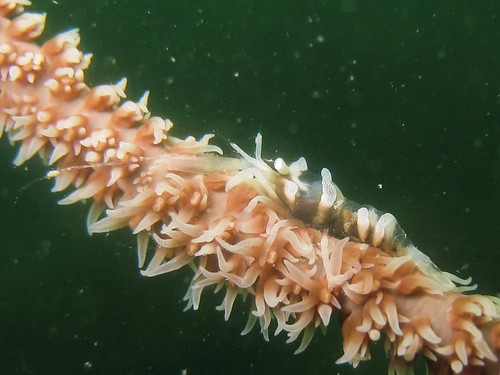
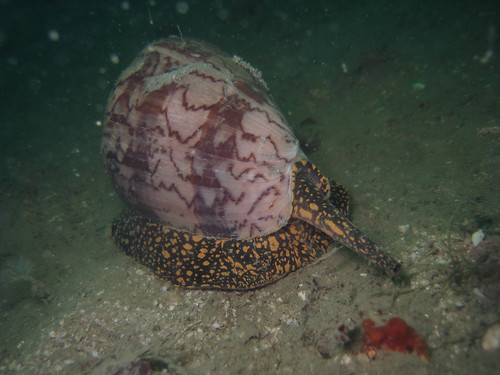


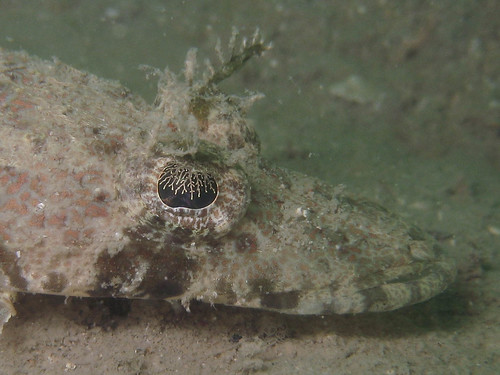
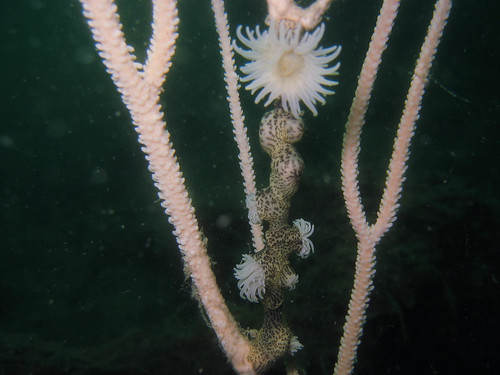
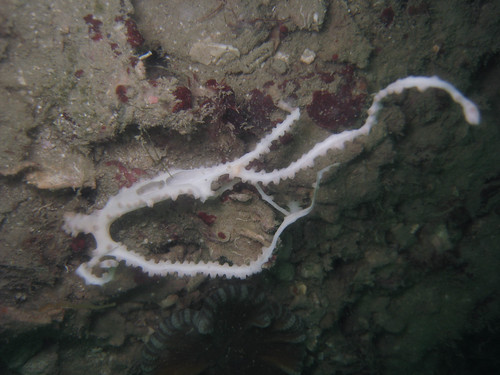
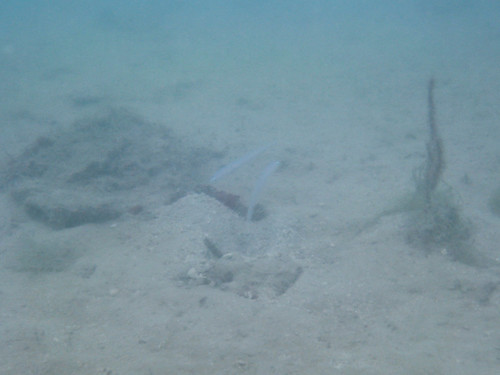
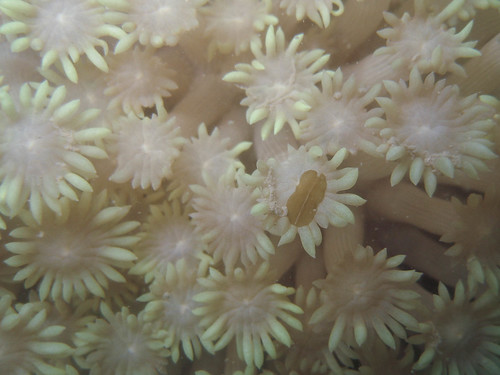
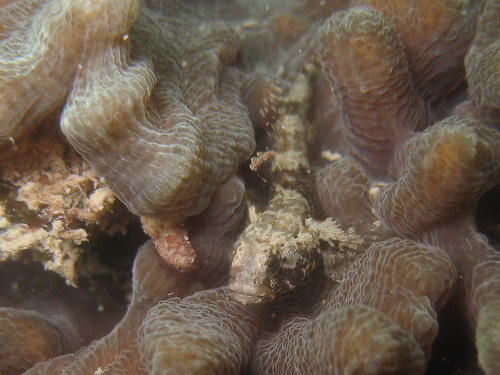



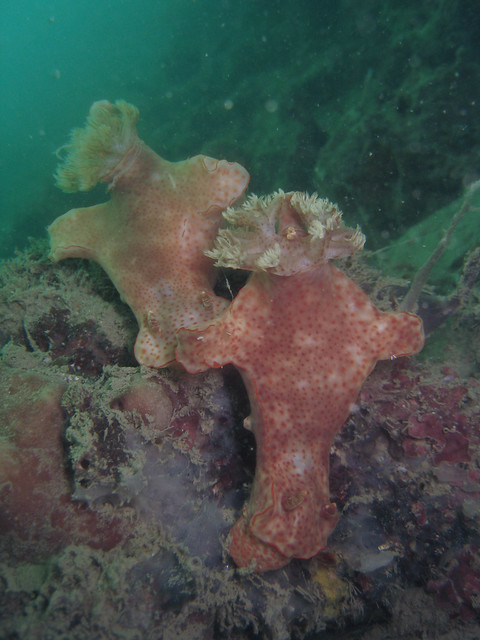
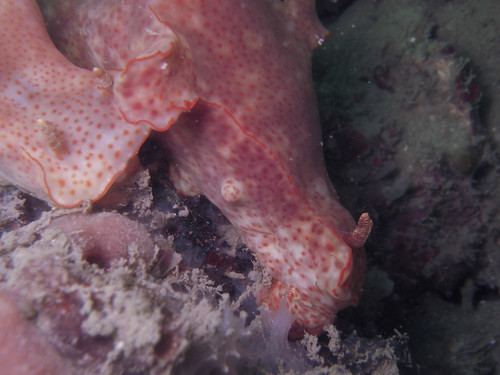
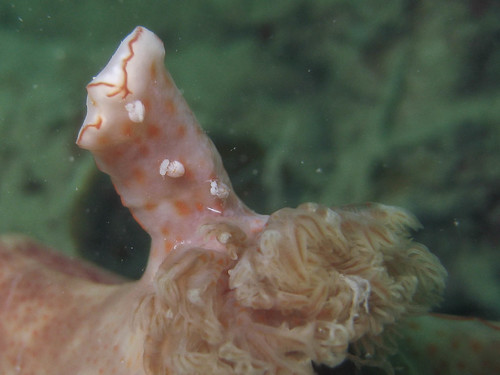
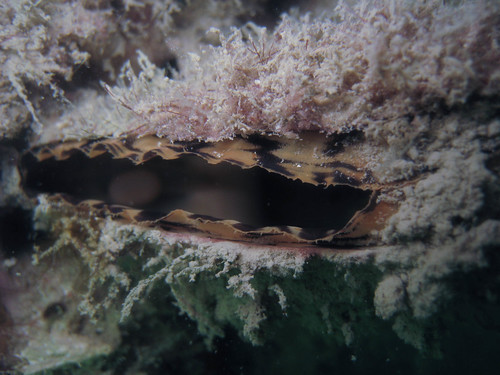
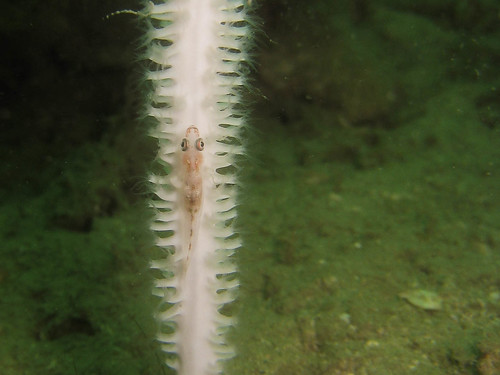

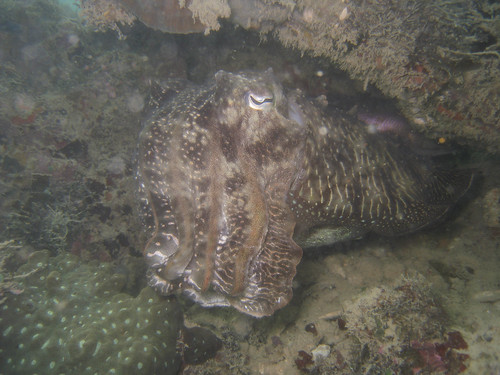
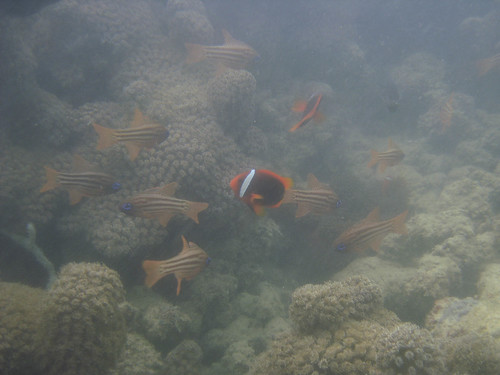
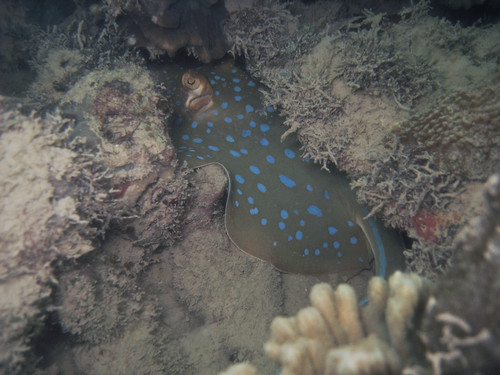
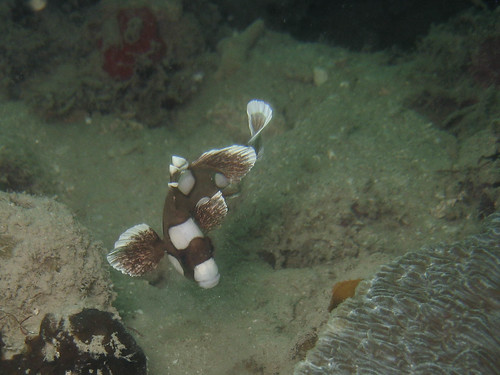

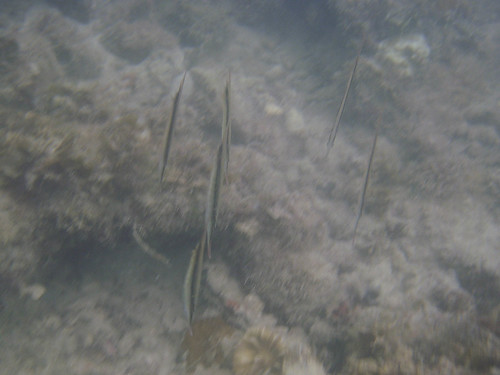
 Posted in
Posted in 



 content rss
content rss
June 22nd, 2013 at 6:40 pm
very very interesting survey and nice pictures! Well done!
July 30th, 2013 at 4:38 pm
Woow, very interesting photos. well done!